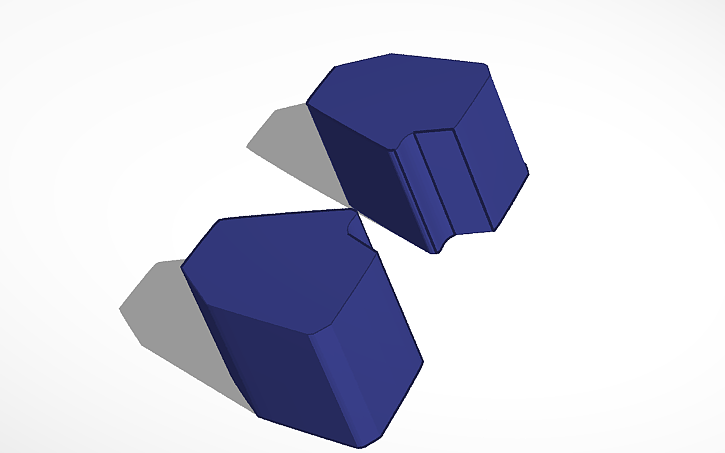ilovecoffee
Member
Here is an official temporary solution from tesla Chinese service center, which will reduce 5~10db sound at 30hz
View attachment 649878
View attachment 649879
View attachment 649880
Thanks for the above image.
I roughly traced it and made a 3D printable version.
I'm printing it in TPU now and will see how it fits in comparison and if it does anything. I could ask Tesla here in Canada but I doubt they will look into it and order the proper part.
I just don't have those rubber seals they added on the outside above the taillights, nor would I know where to find them in that size (aliexpress maybe?)







